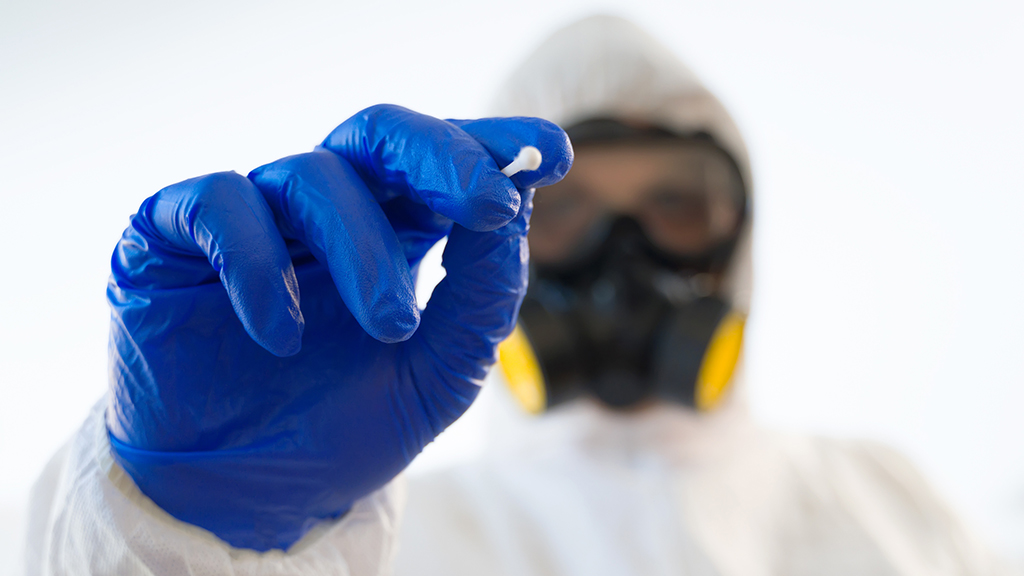Abstract
The novel coronavirus (SARS-CoV-2), which causes the respiratory illness COVID-19, was first detected in China in late 2019 and rapidly spread throughout the globe in the first few months of 2020. Efforts to slow the spread of the virus in the United States were hampered by a lack of testing, due in part to defects in the initial test kits sent to labs across the country from the Centers for Disease Control and Prevention (CDC). In this directed case study, students will explore the different classes of viruses, the various types of possible pathogen tests and the importance of controls and assay design in designing diagnostic tests. Students will also utilize online databases and programs to identify the regions targeted in the CDC test, analyze the similarity between the coronaviruses that cause SARS and COVID-19, estimate the mutation rate of SARS-CoV-2 and apply that knowledge to generate hypotheses about the efficacy of testing methods for SARS-CoV-2. The case is designed for upper-level biology classes in molecular biology, genetics, biotechnology, virology and potentially cell biology, microbiology, or bioinformatics.



